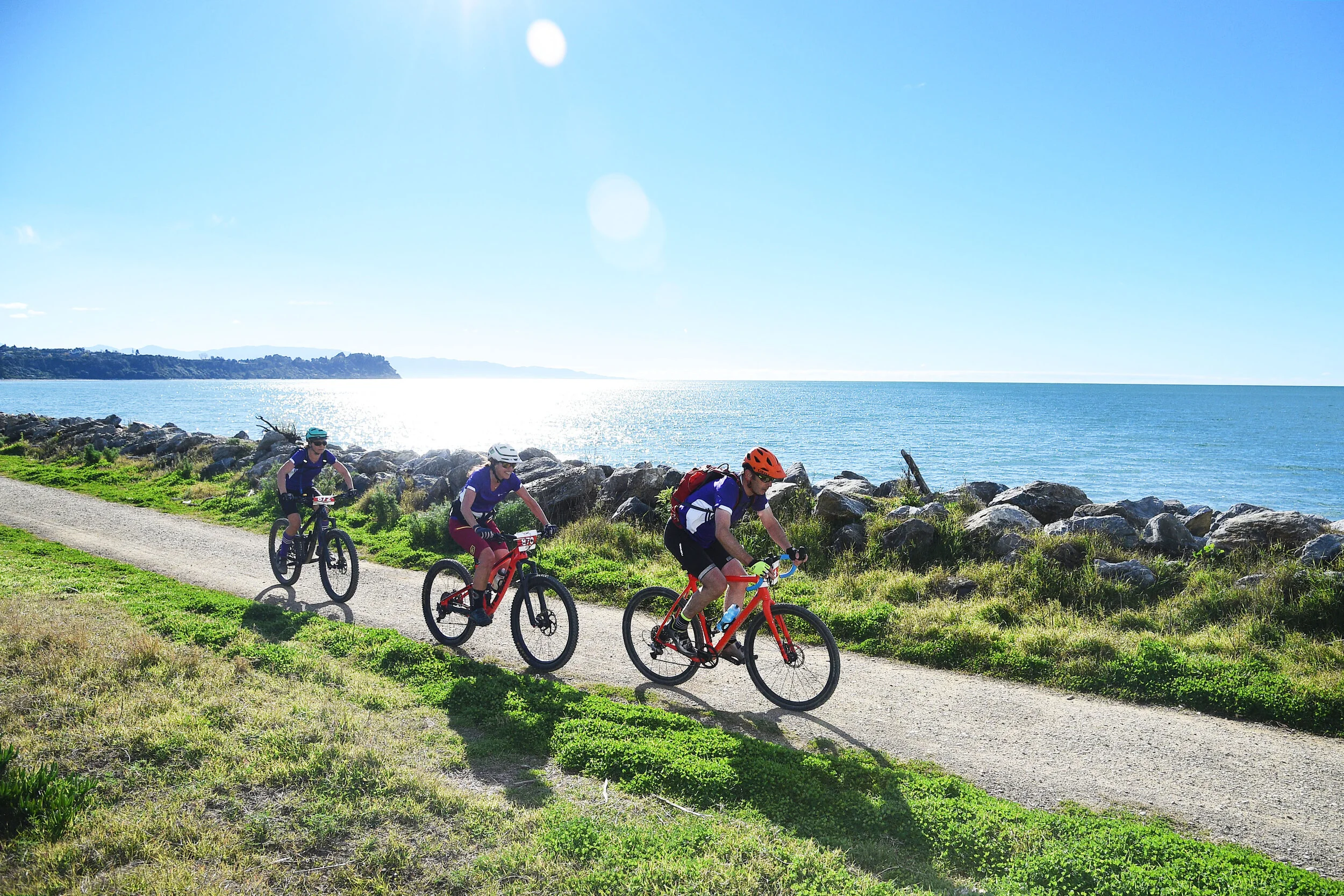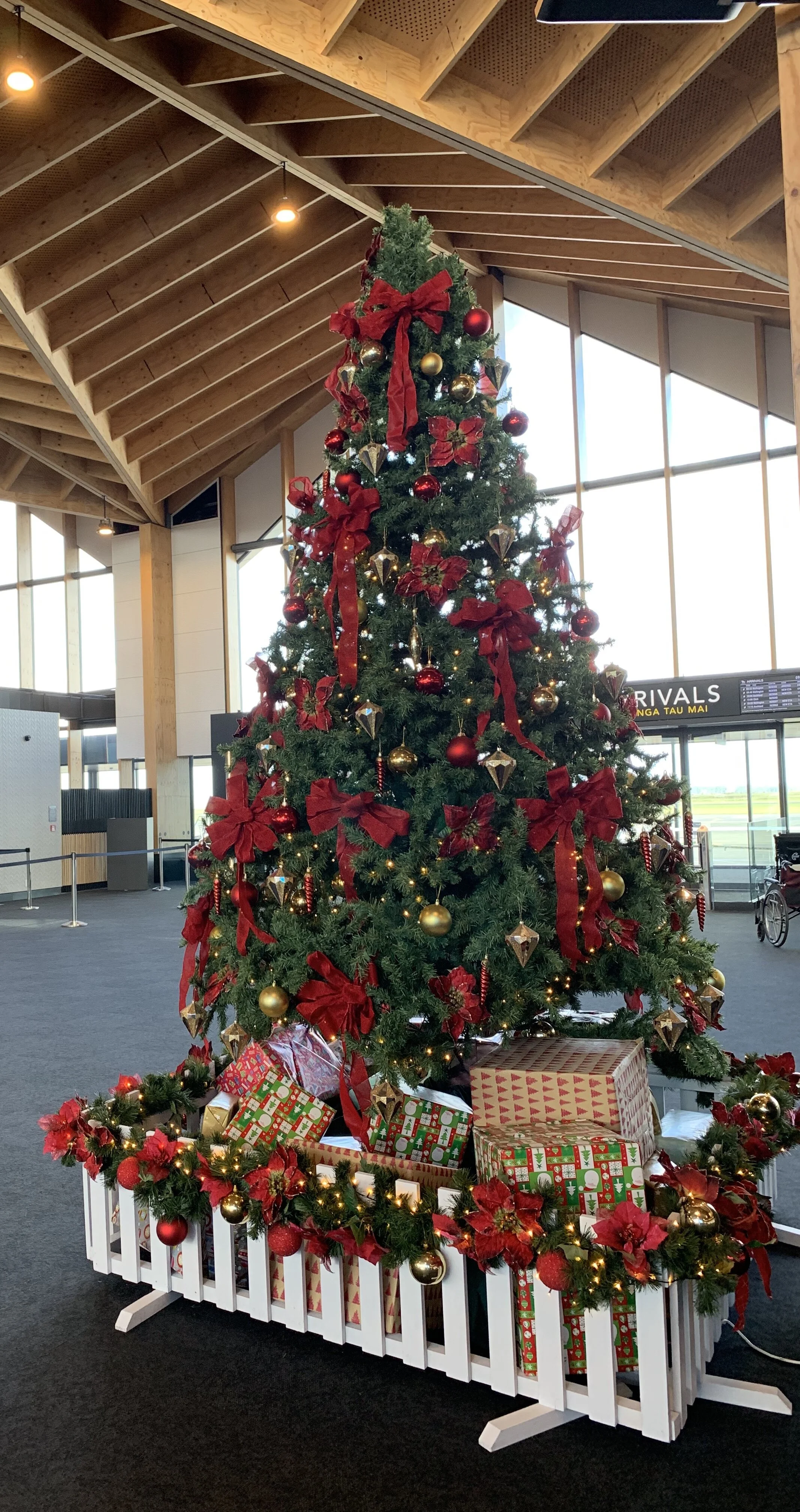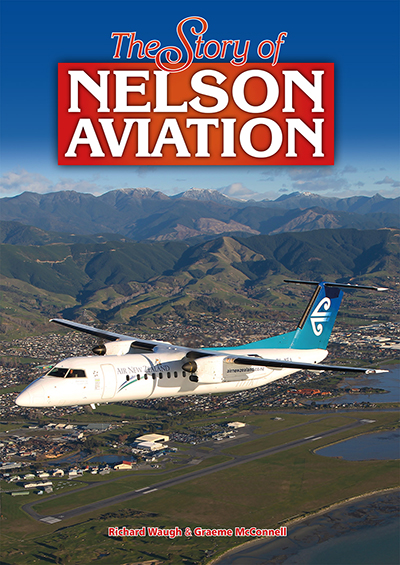Nelson Airport has appointed Studio Pacific Architects to its redevelopment project - the same firm that came up with a leaning tower design for the control tower at Wellington International Airport.
The airport company announced last year that it had begun a review of its facilities and was looking to expand its terminal.
Now it has appointed Wellington-based firms Studio Pacific Architects and Impact Project Management to the redevelopment project.
The public will have to wait and see what design they come up with.
Studio Pacific Architecture's design for Airways New Zealand's new control tower at Wellington International Airport has been publicly released and planning consent is being sought for the the building that appears to be leaning into Wellington's prevailing northerly wind.
Nelson Airport chief executive Rob Evans, who was appointed to the job last December, said there was nothing in its brief about coming up with an iconic design and the first three months would be assessing the current terminal, then it would be a case of looking at aspirational needs and what it could afford.
"The architects have done some extremely iconic and creative structures but it has also done flexible and affordable architectural designs. We are looking to retain a bit of local feel and we would like to open the view across to Golden Bay."
A prime factor would be the cost. "What we build will be what we can afford," he said.
He said the project design brief would take into account customer feedback from research undertaken late last year and the airport management team's strategic planning.
The redevelopment comes as Air New Zealand expands its engineering maintenance at Nelson Airport, and the new Kiwi Regional Airlines plans to make Nelson its hub.
"We are developing for future growth at the airport," said Evans. "Air New Zealand's recent and welcome announcement of its Regional Maintenance subsidiary in Nelson is another key platform for growth, and we are also working closely with Kiwi Regional Airlines to ensure the required facilities are available for a successful start for its business."
He describes Nelson as one of New Zealand's most important regional aviation hubs.
However, the airport company has stopped describing itself as ``the fourth busiest commercial airport in New Zealand". It has deleted from its website the claim: ``This is New Zealand's fourth busiest commercial airport, serving over 800,000 passengers per year".
Evans said the claim was ambiguous, did not mean a lot, and confused people.
Nelson and Invercargill are the only airports without passenger numbers listed on Wikipedia's list of the busiest airports in New Zealand. It lists Nelson Airport as sixth busiest last year.
Evans said Air New Zealand had stopped providing data on passenger numbers last year so it did not have correct numbers, but would resume supplying figures from next month.
The airport company's analysis estimated the arrival and departure of 760,000 passengers last year and forecast to reach 1.1 million during the next 20 years. It is forecasting 35,000 commercial aircraft movements this year, with that number expected to reach about 39,000 in 2034.
"We are committed to listening to community ideas and concerns and we will be working to provide ways for people to become more informed about and involved in airport activities, projects and achievements during the coming months," said Evans.
LAURA BASHAM












